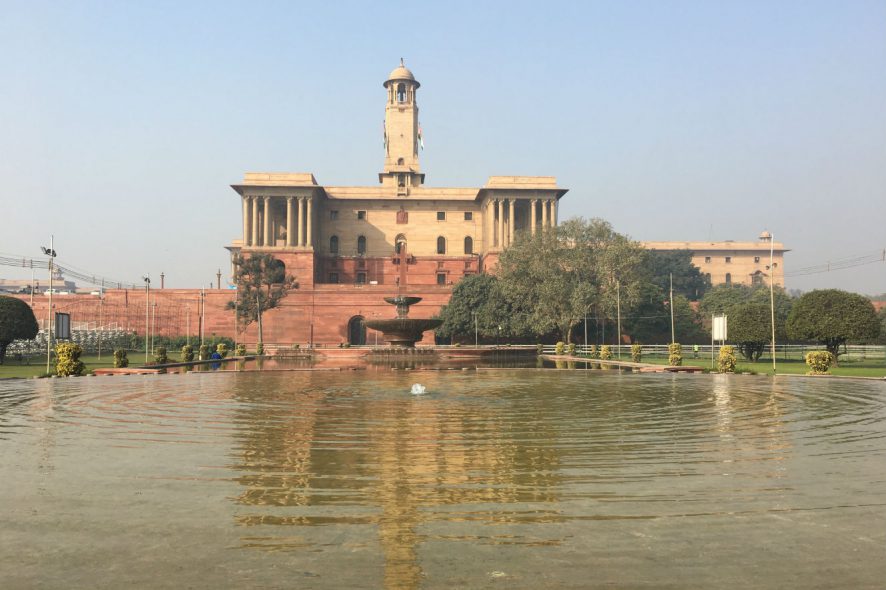The Inland Vessels Act, 2021 was assented by the President on August 12, 2021. It replaces the Inland Vessels Act, 1917. The Act regulates inland vessel navigation by states including the registration of vessels, and safe carriage of goods and passengers. The Act seeks to introduce a uniform regulatory framework for inland vessel navigation across the country promoting economical and safe transportation and trade through inland waters.
Key highlights of the Act are:
- Mechanically propelled inland vessels: The Act defines such vessels any inland vessel in the inland waters which is propelled by mechanical means of propulsion such as ships, boats, sailing vessels, container vessels, and ferries.
- Inland water area into zones: The State Government shall declare by notification any inland water area to be a “Zone” depending on the maximum significant wave eight criteria.
- Registration: For operating in inland waters, all such vessels must have a certificate of survey, and a certificate of registration. Vessels with Indian ownership must be registered with the Registrar of Inland Vessels (appointed by the state government). The registration certificate will be valid across the country and will indicate the inland water zones (areas of operation to be demarcated by states) for such vessels.
- Safety in navigation: Inland vessels shall be required to follow certain specifications for signals and equipment to ensure navigation safety, as specified by the central government. In case of a navigation hazard, the master of a vessel must immediately send a distress signal to other vessels in proximity and to the concerned state government.
- Accidents: Accidents in any case must be reported to the head officer of the nearest police station, as well as to a state government appointed authority. The state may require the District Magistrate to question into these matters and submit a report recommending actions to be taken.
- Contravention of provisions: The central government will prescribe the minimum number of people that vessels must have, for various roles. Contravention of any provisions will attract a penalty of up to Rs 10,000 for the first offence, and Rs 25,000 for subsequent offences. The central government will prescribe the standards for qualification, training, examination and grant of certificate of competency, which indicate the fitness of the recipients to serve in the specified roles. State governments will grant these certificates.
- Prevention of pollution: The central government will release a list of chemicals, any ingredients or substance carried as bunker or as cargo, or any substance in any form discharged from any mechanically propelled inland vessel, as pollutants. Vessels will discharge or dispose sewage, as per the standards specified by the central government. The State governments will grant vessels a certificate of prevention of pollution, in a form as prescribed by the central government.
- Database on inland vessels: An electronic centralised record of data on inland vessels to be maintained by the central government. These will include information with respect to the(i) registration of vessels, (ii) crew and manning, and (iii) certificates issued.
- Development fund: A Development Fund to be established under the Act for the following purposes: (i) emergency preparedness, (ii) containment of pollution, and (iii) boosting inland water navigation. Each state will constitute such a development fund. Sources of contribution to the fund include: (i) schemes of state governments, (ii) stakeholders, and (iii)collections from sale of wreck or cargo.
- Non-mechanically propelled inland vessels: The Act delegates the power to State Government to make rules to regulate non-mechanically propelled inland vessels.
*Tanvi Singh, Editorial Assistant has reported this brief.







